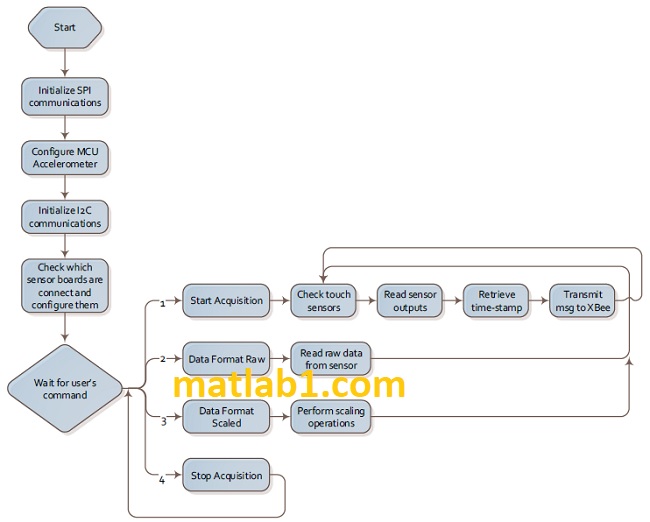Description
Until recent years most research involving the capture and analysis of biomechanical or physiological signals have been limited to a laboratory or the otherwise controlled environment. Wearable technologies introduced a refinement to personal signal capturing by permitting a long-term on-person approach. Long-term, objective measurements under daily-life unsupervised conditions are the key benefits of wearable sensor systems.
Inertial sensors are suitable sensors for wearable systems since current enhancements in MEMS technology have made possible the manufacture of miniaturized, low power, low-cost devices which are useful for logging human motion data for long periods of time in uncontrolled environments. Therefore, wearable systems comprising inertial sensors can clearly introduce a very good trade-off between mobility and ease-of-use in terms of power consumption, autonomy, placement, patient compliance and data analysis. The ultimate wearable system proposed hereby, named W2M2, was based on a modular approach, where several sensor modules can be assembled and used together to extract meaningful information according to the application requirements.
Instead of a complex sensor system, the key aspect of this system was to combine functionality and usability in a simple wearable solution. Along with simplicity comes small size and weight, which are crucial features when referring to wearable technology and sensor integration. This system has introduced a significant improvement with respect to the first one, called WIMU.
In fact, its versatility, robustness, and higher sampling rate have allowed overcoming some hurdles experienced during the acquisitions with the WIMU prototype.
With respect to fiber optic sensors, at the moment, very few research and scarce industrial efforts were found on wearable applications of fiber optic components, whereas wearable electronics, have been studied for some years and some industry is developing. Through a development of all the components required for fiber optic sensor systems, some sensors could become more suitable for wearable applications. Especially, size and weight of the components could be reduced and connection methods improved. In the simplest example, a macrobending sensor should sense straight bending of a fabric, and in this case, it could be easily integrated into the fabric. The proof-of-concept study on fiber optic sensor based on macrobending effect presented in this thesis has introduced a new thinking about wearable sensors and their functionality. Tough it might be an initial prototype, it has revealed the potentialities of such sensors to monitor human motion in real-time by means of angular displacements. The extraction of this direct measure could represent an important contribution for data fusion algorithms, since it can be combined with the information retrieved from inertial sensors, for instance, to optimize their readings and reduce inherent drift errors. There are a couple of fabric manufacturing processes compatible with optical fibers. However, the special strategy adopted for the integration of the macrobending sensor into the fabric has ensured a controlled movement for the optical fiber, improving reliability, repeatability, and functionality of the sensor.
An increasingly important aspect of a wearable system is to have an intelligent monitoring device capable of providing real-time (or “valuable-time”) processing and feedback to patients, clinicians, athletes and healthy subjects. However, there are a number of obstacles that must be overcome to fully implement such wearable systems, including high-costs for end-users, energy consumption, sensors integration, and connectivity, autonomy, reliability, security and, ultimately, ethics, laws, and privacy issues.
Wearability and power consumption are fundamental parameters to take into account in the design. A low-power design becomes relevant in order to obtain sufficient battery life and to reduce both battery size and weight.
Wireless connectivity represents a significant improvement on wearability, but it would also represent a significant increase in power consumption. Even so, the ZigBee protocol used in this research has proven to provide a reliable low power connection with a great deal of flexibility in the network connection. Although low-power strategies should be adopted, the design of the device should not be a reflection of obsessive power consumption pursue, but instead should represent a good compromise between functionality, size, usability, and autonomy.

Arduino Fio microcontroller program flowchart
There is a document with this project which describes this project in more detail.



Reviews
There are no reviews yet.